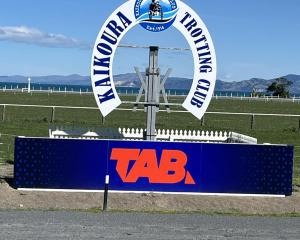
The Oxford Area School Observatory’s new Meade 12-inch telescope has finally arrived and is in the process of being installed, volunteer Chris Hawes says.
“We are getting there in small steps. The first hurdle was the new telescope is designed to be used on legs so we had to source an adapter plate from Meade which took six weeks to arrive.
“Then the bolts for the new mounting plate were not included and we had to source these.”
The telescope is now mounted and volunteers hope to give it a few test runs over the summer.
But with the days getting longer, the public will have to wait until daylight saving ends in April next year before it is open for public viewing.
The observatory’s old 10-inch telescope is to be mounted outside, which means larger groups will be able to be hosted at open nights and events.
Open nights have proven to be so popular that the observatory had to restrict numbers to 15 at a time over winter.
Unlike the old telescope, the new one is computerised, making it easier to train telescope operators, so volunteers hope to be able to open on every clear night over winter.
“With the old telescope, we had only one person who could operate it, so that meant we were pretty restricted in what we could do,” volunteer Erik Vermaat says.
Mr Vermaat has been teaching his new “Going Deep” course this term, which explores cosmology and the depths of the “known universe”.
It means he will be able to run a sequence of four courses during term time next year: “Exploring the Solar System”, “Leaving the Solar System”, which looks out to 500 light years from Earth, “Exploring the Milky Way” and “Going Deep”.
“Exploring the Solar System” will be offered in term one and, by then, the fate of three missions to Mars, including Nasa’s Perseverance Rover, will be known.
“Mars will definitely be in focus and there is so much happening in Solar System research, with the discovery of new comets and asteroids, so there will be a lot to discuss,” Mr Vermaat says.
There will also be a practical astronomy course, “The Rhythmic Sky”, on offer next year, which makes use of the telescope to help learners understand “how celestial objects move in our sky”.
For more information, visit the Oxford Observatory page on Facebook or go tooxford.ngawhetu.nz/index.php.














